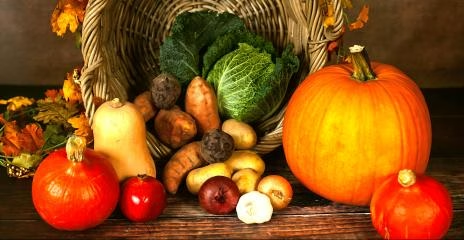Frozen vegetables, available at major supermarkets and mass merchandisers, are quick and easy to use in recipes, saving you time when preparing vegetables yourself. Common frozen vegetables include corn kernels, tri-colour beans (carrots, corn kernels, and peas), edamame, and broccoli. Today, we’ll share four common mistakes when choosing and using frozen vegetables.
Mistake 1: Not feeling the frozen vegetables before selecting them.
Beth Auguste, a registered dietitian in the US, explains that a crucial aspect of choosing frozen vegetables is to gently feel the vegetables inside the package to see if they are sticking together.
If they are, it means the frozen vegetables have been thawed and then re-frozen during their journey from production to distribution.
This condition can cause the frozen vegetables to lose their original moisture and nutrients, and can even alter their colour, flavour, and texture.
So, when choosing frozen vegetables, choose vegetables with distinct pieces.
Mistake 2: Assuming All Frozen Vegetables Need to be Thawed Before Use
American cookbook author and nutritionist Toby Amidor believes that any frozen vegetable can be cooked without thawing because they are typically cut into small pieces and most are heat-treated at the factory.
As a result, these frozen vegetables don’t require extensive cooking, so it’s okay to not thaw them before cooking; simply rinsing them is sufficient. Furthermore, frozen vegetables often become soft and mushy after thawing, so thawing them can affect their texture.
That said, there are exceptions where thawing first is recommended. One benefit of thawing frozen vegetables is that it prevents them from releasing more moisture than intended during cooking.
For example, if you want to bake frozen broccoli on a pizza crust without first thawing the broccoli, the pizza may end up feeling soggy due to the excess moisture released by the broccoli.
Mistake 3: Adding Frozen Vegetables Too Soon into a Cooking Process
As mentioned earlier, most frozen vegetables are heat-processed and cut into small pieces during cooking, so they cook faster than fresh vegetables.
If you’re replacing fresh vegetables in a recipe with frozen ones, avoid adding them at the exact time the recipe calls for fresh vegetables.
Instead, add the frozen vegetables a little later to avoid overcooking them, which can lead to the loss of nutrients and a worsening of the taste.
The best approach is to refer to the recommended cooking time on the frozen vegetable packaging to determine the optimal time to add them.
Mistake 4: Not Consuming Frozen Vegetables Within 1 Year
The U.S. Department of Agriculture states that the enzymes in vegetables continue to transform their tissues. Freezing doesn’t stop these enzymes; it just slows them down.
Therefore, even if the shelf life on the outer packaging of frozen vegetables is marked as more than 1 year, the US Department of Agriculture recommends that they be consumed within 1 year to avoid significant changes in the taste, color and texture of the frozen vegetables after 1 year.


Leave a Reply